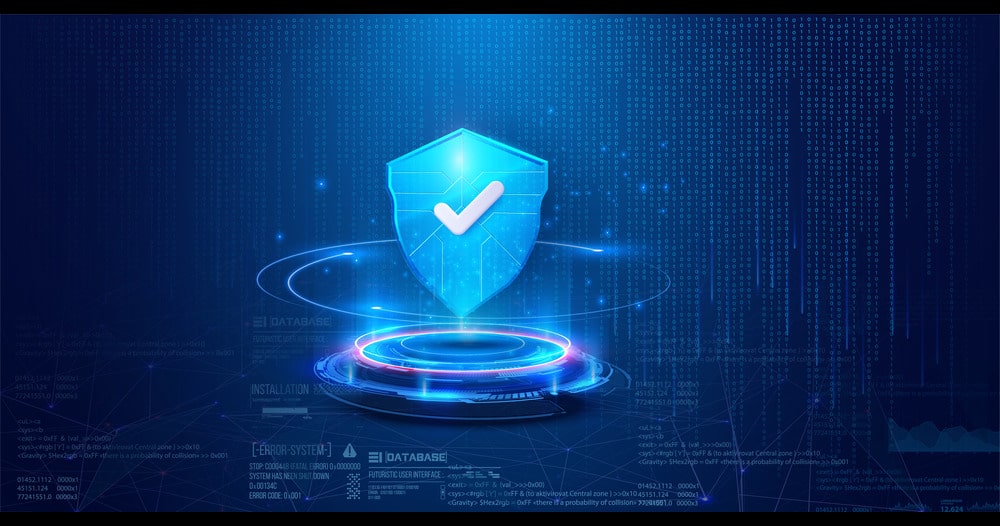Only 6% of companies suffering a catastrophic data loss survive. Hence, it is needless to say how critical a disaster recovery solution is for your business stability. However, despite that, most businesses seem to take the reactive route, rather than the proactive one when it comes to disaster recovery.
As per a Gartner report, around 80% businesses faced an incident in the last few years that required an active DR plan, of which only 37% were able to target the restoration of mission-critical business processes in less than an hour.
One of the many reasons that are keeping business leaders from implementing DR in their organizations is a host of myths they hold. We’ve unlocked top 6 of these myths below for you:
Myth 1. Natural disasters are the biggest concern when it comes to IT interruptions.
This myth spins from the assumption that disasters are only caused by Mother Nature and a business is safe if it isn’t located at an ‘earthquake-prone’ area, so to say. While natural disasters like earthquake, hurricane, tsunami and flood make the headlines, human errors lead to disasters more often. As per a 2016 study by Ponemon Institute, human error was the chief cause of failure, accounting for 22 percent of data center outages, while water, heat or air conditioning failure accounted for 11 percent of outages, weather accounted for 10 percent and generator failures were 6 percent. IT equipment malfunction accounted for only 4 percent of all outages. In May 2017, an IT outage lead British Airways (BA) to cancel more than 400 flights, stranding 75,000 passengers in one day. It was the error of a human error which caused BA an estimated 100 million euros (U.S. $112 million).
Myth 2: We back up our data; so, we’ll be okay.
Source: Barkly
Backing up your data doesn’t fully guarantee that you will be able to recover your data in the aftermath of a disaster. Very few backups offer continual backup, and the ones that do are extremely expensive. Organizations also run the risk of losing data while migrating between devices or upgrading operating systems, according to a global survey. Most businesses back data up once a day, week, or month. That implies unless you’re lucky enough to be restoring immediately after the last backup was made, there’s a high chance that you will lose data. In 2017, Police in Cockrell Hill, Texas lost data, mostly evidence going back to 2009, after the department’s server was infected with ransomware.
Myth 3: We have replicated our servers; that should be enough.
Implementing redundancy in network environment application servers and SANs isn’t advisable. It is time consuming and rather expensive since you would have to buy duplicate hardware and software and set/implement them. More importantly, it is not scalable. Replicating servers in the same environment means you won’t be able to bring the replicated servers online.
Myth 4: Disaster recovery is an IT function.
No, it’s not! It is most definitely a critical business function that ensures the continuity of the business in the aftermath of a disaster. It surpasses the scope of recovering your technology environment and directly impacts your processes and business stability. While the technicality of deployment may rest with your IT department, it is still a major responsibility of the stakeholders and senior management to sponsor a comprehensive disaster recovery plan.
Myth 5: Mobile apps are not applicable for our business.
Many businesses earlier believed that mobile applications are only customer-bound and would not be relevant for internal purposes. While major conglomerates have progressed and begun developing their own apps, there are still many SMEs that deem mobile applications to be of limited or no practice.
Myth 6: Disaster recovery demands high investment.
Previously, before cloud technology, companies built entirely replicated sites housing an exact copy of their IT environment. Today’s cloud-enabled DRaaS solutions enable you to leverage a mirror of your IT environment in the cloud, replete with warm-site capabilities and RTO at just half the cost. In case, you are going with third-party hosting facilities, you would still have to bear the IT applications, infrastructure, or network fails in the event of a disaster that would inevitably affect the company’s bottom line and reputation. Besides, considering the resultant downtime from a disaster, the loss of money and fame it can cause, disaster recovery is a viable investment.
Disaster recovery is not an option, it is a necessity. However, as it is often with everything else, there are myths surrounding it, which are results of knowledge gaps more often than not. It is advisable to treat disaster recovery not as an insurance policy, but an investment that puts the business in a position of strategic advantage. In case, you are planning to implement a DR solution at your organization, there are certain vital questions that you must seek answers to first.




















































